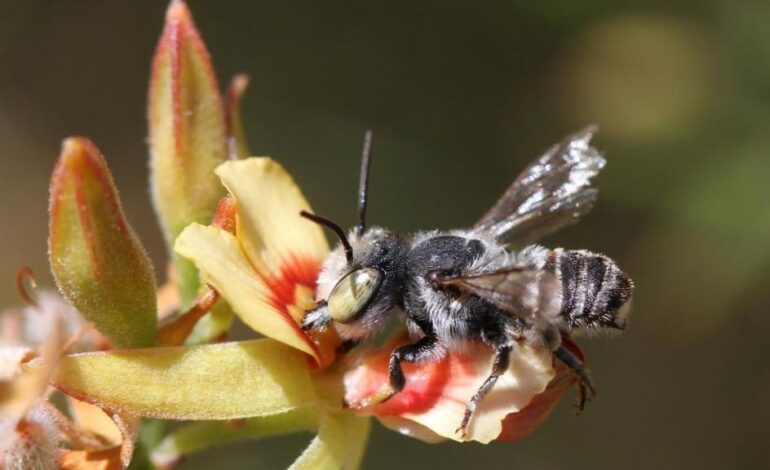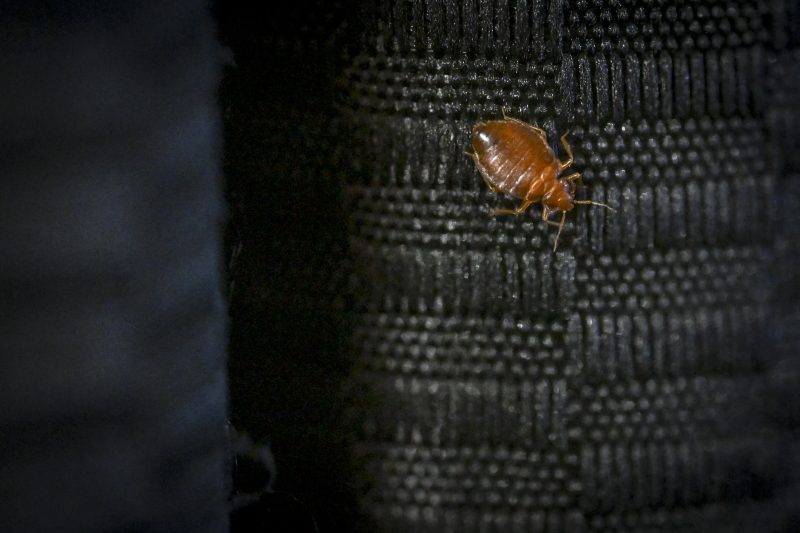New Australian Bee Named After Netflix’s Lucifer; Urgent Discovery

BREAKING: Scientists have just named a newly discovered Australian bee species after Netflix’s hit series Lucifer, marking a significant moment in entomology. The bee, called the Lucifer Bee or Megachile lucifer, showcases tiny devil-like horns, directly inspired by the character played by Tom Ellis.
This urgent discovery was made in 2019 while researchers were studying a critically endangered wildflower in the Goldfields region of Western Australia. The findings were recently published in the Journal of Hymenoptera Research, drawing attention to the unique traits of this remarkable bee species.
According to Kit Prendergast, lead author of the study and an adjunct research fellow at Curtin University, the idea to name the bee came while she was watching the Netflix series. Prendergast stated, “The female had these incredible little horns on her face. When writing up the new species description, I was watching the Netflix show, and the name just fit perfectly.”
The female Lucifer Bee features distinctive horns measuring about 0.9 millimeters, while the males lack these prominent features. Prendergast emphasized the significance of this discovery, noting, “It’s the first new member of this bee group to be described in more than 20 years.” This highlights the potential for discovering more unknown species in vulnerable areas like the Goldfields, which are at risk from mining activities.
However, this exciting discovery is overshadowed by urgent concerns regarding the bee’s survival. Prendergast warns that climate change poses a significant threat to native bee populations, stating, “Without knowing which native bees exist and what plants they depend on, we risk losing both before we even realize they’re there.”
The Lucifer Bee serves as a poignant reminder of the intricate relationships between species and their habitats, underlining the need for immediate conservation efforts. As scientists continue to explore the biodiversity of Australia, every new find like this one is crucial to understanding and preserving our natural world.
Stay tuned for further updates on this developing story as researchers continue to study this unique species and the ecological challenges it faces.






